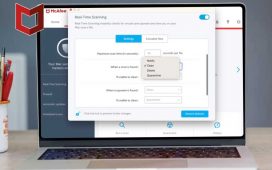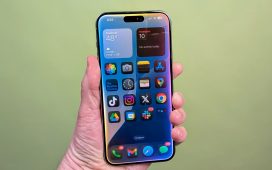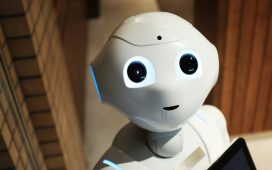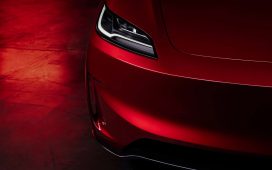By now, it’s clear that artificial intelligence (AI) is the next major technology platform.
The new technology featured in chatbots like ChatGPT has rapidly gained adoption, and big tech companies are pouring tens of billions of dollars into data centers to run the computing power required for AI.
Thus far, Nvidia (NASDAQ: NVDA) has been the biggest beneficiary of this boom, and it’s easy to see why. The company’s graphics processing units (GPUs) have been flying off the shelves ever since ChatGPT launched, and demand continues to outstrip supply. Nvidia dominates market share of data center GPUs, a technology the company has been advancing for decades through innovations like its CUDA programming language that makes it easy for developers to write code that can be run directly on Nvidia’s GPUs, and build high-performance applications.
For early investors, Nvidia has already delivered monster returns, but plenty of investors are wondering if the company’s stock is still a good buy.
One example from recent history offers a good corollary.
In 2012, Apple (NASDAQ: AAPL) was the most valuable company in the world, riding high from the recent launch of the iPhone and the iPad.
On May 15, 2012, the company had a market cap of $517 billion.
As you probably know, Apple has continued to deliver strong returns to investors as it now has a market cap of around $3 trillion, but that’s not only due to the growth in the business.
It’s also because investors drastically underestimated its growth prospects. Perhaps because it was already the most valuable company in the world, the market assigned it a price-to-earnings (P/E) ratio of just 13.5. Investors seemed unable to envision the dramatic future growth of the iPhone or Apple’s services business, built around the App Store, becoming a massive cash cow.
At the time, Apple was trading at a discount to the S&P 500, which was valued at a P/E of 15.9.
While Apple’s market cap has risen about six times, or 500%, the growth in the stock price has been nearly 1,000%, or 11 times, due to share buybacks.
The gains in the stock were propelled not only by growth in the business. Apple also benefited from multiple expansion as the stock now trades at a P/E ratio of 33, accounting for a significant portion of the stock’s gains.








